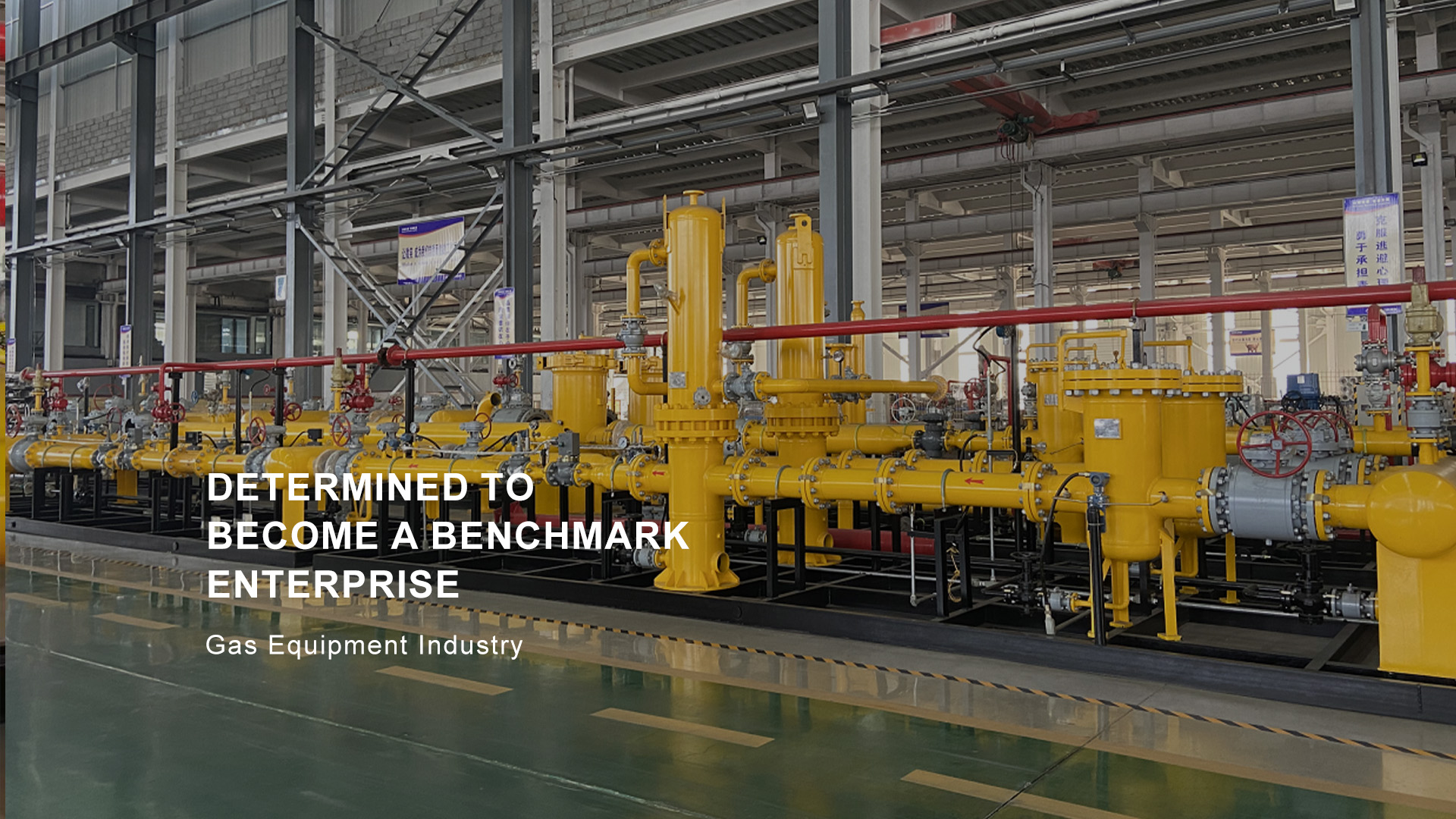
Dec . 04, 2024 00:29
Back to list
Safety Relief Valve Explained for Optimal Performance and Reliability in Systems
The Importance of Safety Relief Valves in Industrial Applications
Safety relief valves play a crucial role in industrial settings, serving as vital components in various systems that handle pressurized substances. These devices are specifically designed to protect equipment and personnel from the dangers of overpressure situations. Understanding how they function, their applications, and the importance of regular maintenance can significantly enhance safety standards in any industrial operation.
What is a Safety Relief Valve?
A safety relief valve is a type of valve that automatically releases a substance from a boiler, pressure vessel, or other container when the pressure or temperature exceeds preset limits. By doing so, it prevents potential disasters such as explosions or equipment failures. These valves are engineered to protect equipment by discharging excess pressure, thereby ensuring that systems operate within safe parameters.
Mechanism of Action
.
Applications in Industry
صمام تنفيس الأمان

Safety relief valves are used in a wide range of industries, including oil and gas, pharmaceuticals, food and beverage, and chemical manufacturing. In these industries, they are essential for protecting equipment such as boilers, compressors, and storage tanks.
For example, in the oil and gas sector, these valves are critical for managing pressures in pipelines and vessels. They prevent catastrophic failures that can lead to leaks, fires, or explosions. In the pharmaceutical industry, maintaining specific temperature and pressure levels is paramount to ensuring product safety and efficacy. Safety relief valves help regulate these parameters, ensuring compliance with stringent regulations.
Importance of Regular Maintenance
While safety relief valves are designed to operate automatically, their effective functioning relies heavily on regular maintenance. Over time, factors such as corrosion, sediment build-up, and general wear and tear can affect the reliability of these valves. Therefore, regular inspections and maintenance are crucial.
Maintenance tasks should include checking for proper calibration, ensuring that the valve opens at the specified pressure, and examining the valve for any signs of physical damage or wear. Additionally, routine testing under controlled conditions can help ascertain that the valve is operating effectively. Neglecting maintenance can lead to valve malfunction, which could result in severe accidents and financial losses.
Conclusion
In conclusion, safety relief valves are indispensable in industrial settings where pressurized systems are employed. They serve as a first line of defense against dangers associated with overpressure conditions. Understanding their function, applications, and the necessity for regular maintenance contributes to a safer working environment. As industries continue to evolve and grow, the importance of these safety devices cannot be overstated. Prioritizing the integrity and functionality of safety relief valves helps ensure the safety of both personnel and equipment, ultimately supporting sustainable industrial practices. By fostering a culture of safety and maintenance, companies can minimize risks and enhance operational efficiencies in their processes.
Next:
Latest news
-
Safety Valve Spring-Loaded Design Overpressure ProtectionNewsJul.25,2025
-
Precision Voltage Regulator AC5 Accuracy Grade PerformanceNewsJul.25,2025
-
Natural Gas Pressure Regulating Skid Industrial Pipeline ApplicationsNewsJul.25,2025
-
Natural Gas Filter Stainless Steel Mesh Element DesignNewsJul.25,2025
-
Gas Pressure Regulator Valve Direct-Acting Spring-Loaded DesignNewsJul.25,2025
-
Decompression Equipment Multi-Stage Heat Exchange System DesignNewsJul.25,2025

